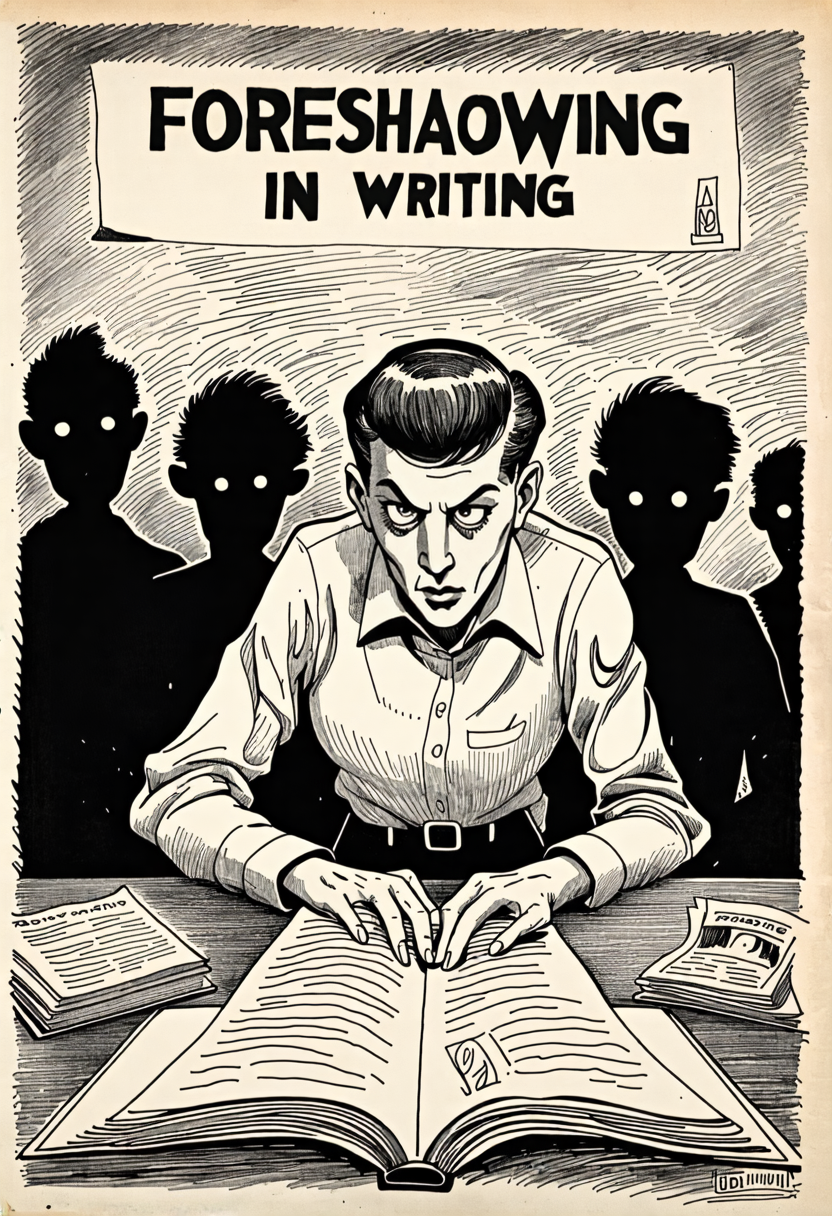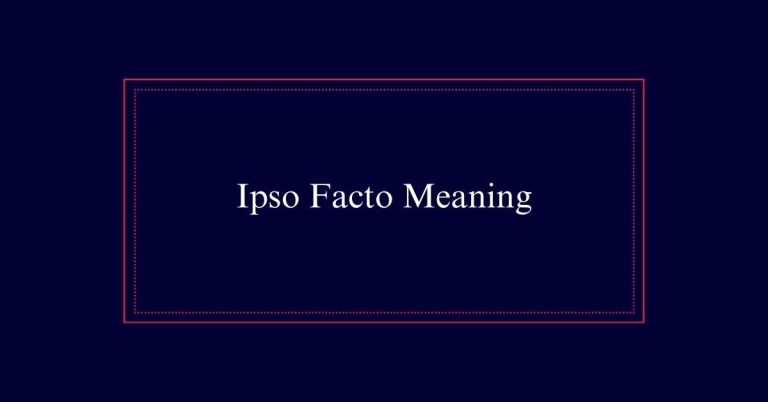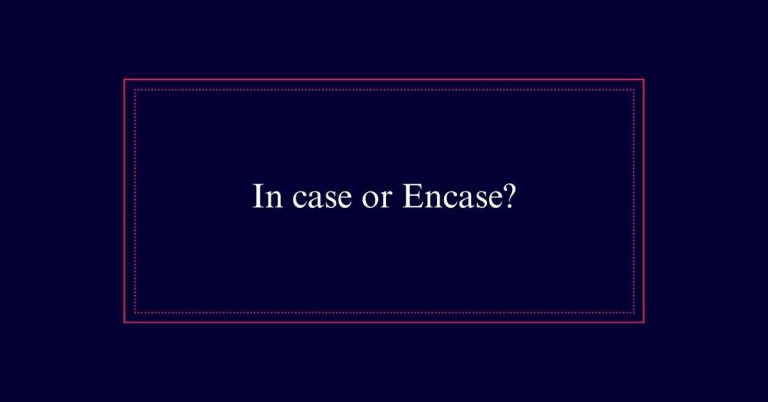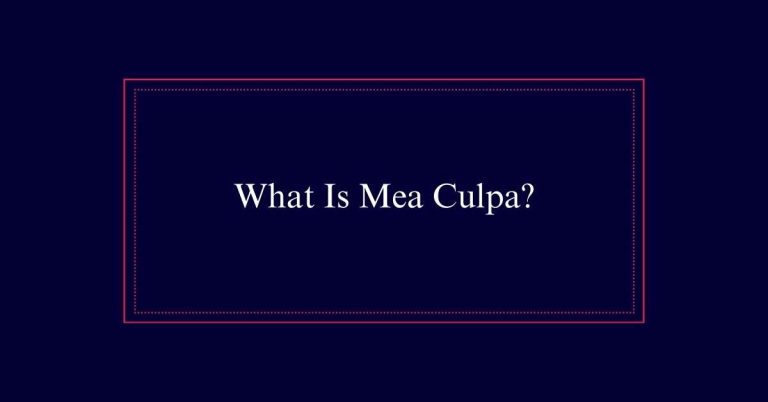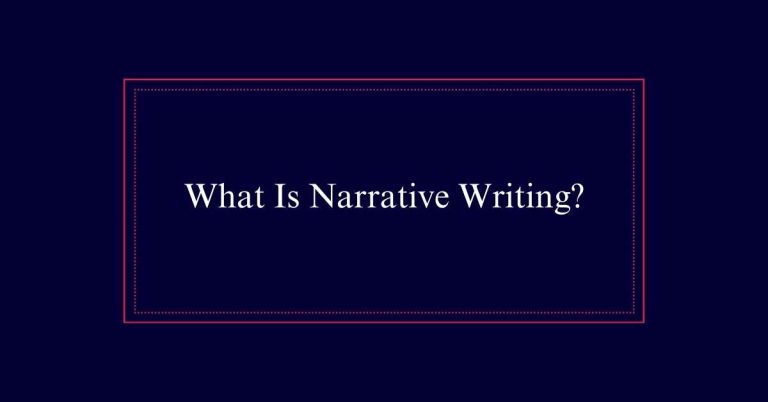Foreshadowing in Writing
Foreshadowing is a literary device that provides readers with hints about upcoming events in a story. It can be direct, giving explicit clues, or indirect, embedding subtle hints within the narrative. This technique builds anticipation, prepares readers for twists, and enhances the overall storytelling experience. Writers can use dialogue, symbolic elements, or even the title to foreshadow future developments.
What Is Foreshadowing
What is foreshadowing, and how does it function in storytelling?
Foreshadowing is a literary device that provides hints or clues about future events in a story. It serves to build anticipation and curiosity in the reader. This technique can be used in various parts of the text, such as the title, dialogue, or symbolic elements.
By suggesting what might happen later, foreshadowing helps to create suspense and prepare the reader for upcoming twists and turns. It enhances the storytelling experience by making the plot more engaging and cohesive.
The key to effective foreshadowing is to integrate it subtly, ensuring it is relevant to the plot and contributes to the overall narrative.
Types of Foreshadowing
Foreshadowing comes in various forms, each serving to enhance the narrative by hinting at future events. Understanding the different types allows writers to craft more engaging and suspenseful stories.
Here are some common forms of foreshadowing:
- Symbolic Foreshadowing: Uses symbols to hint at events. For example, storm clouds might suggest upcoming trouble.
- Prophetic Foreshadowing: Characters make statements or predictions that come true later in the story.
- Flashback or Flashforward: Provides background or future information that hints at outcomes.
- Red Herring: Misleads readers by directing them to false clues.
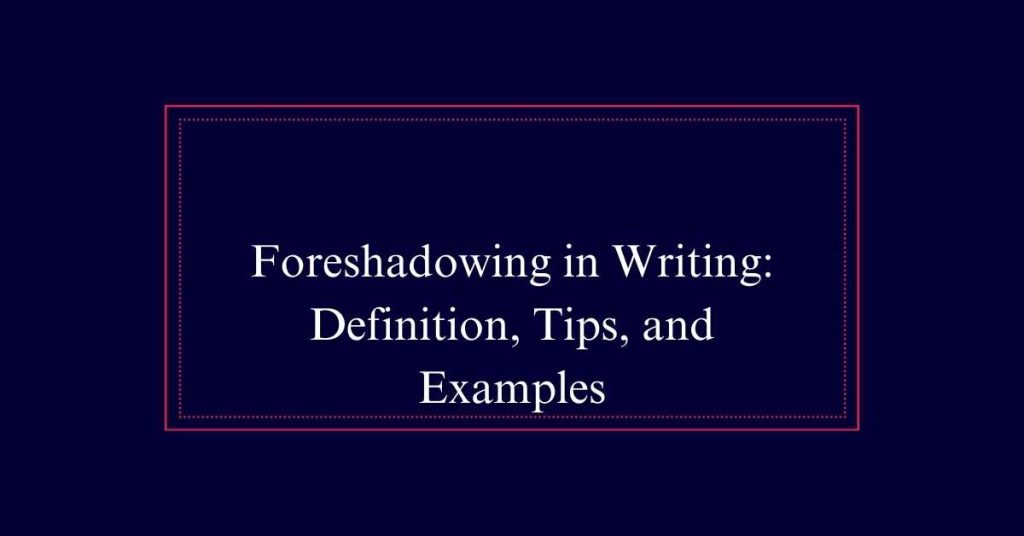
Direct Foreshadowing
Direct foreshadowing explicitly indicates future events, providing clear hints to the reader about what is to come. This type of foreshadowing does not rely on subtlety. Instead, it offers straightforward clues, often through dialogue or narrative statements.
For instance, a character might say, “I have a bad feeling about this,” which directly hints at impending danger. Another example is a prophecy or a fortune telling scene that outlines specific future events. Direct foreshadowing can also be found in chapter titles or introductory statements that reveal upcoming plot points.
This approach is effective in setting reader expectations and building anticipation, ensuring the narrative unfolds in a coherent and engaging manner.
Indirect Foreshadowing
Unlike direct foreshadowing, indirect foreshadowing subtly hints at future events without explicitly stating them. This technique involves embedding clues within the narrative that may seem insignificant at first glance. Readers often recognize these hints only in hindsight, adding depth and complexity to the story. Indirect foreshadowing enriches the plot by creating a layered reading experience.
Key elements of indirect foreshadowing include:
- Symbolism: Objects, colors, or settings symbolizing future events.
- Dialogue: Casual remarks that hint at future developments.
- Character actions: Subtle behaviors indicating future intentions.
- Atmosphere: Descriptive details that set an ominous or hopeful tone.
Foreshadowing in Titles
How can a title subtly hint at the unfolding narrative while capturing the reader’s curiosity? Titles play an essential role in foreshadowing. A well-crafted title can provide a glimpse into the story’s essence. It sets the tone and hints at the themes or conflicts to come.
For example, ‘The Catcher in the Rye’ suggests a sense of protection and innocence, central to the novel’s plot. Titles like ‘Gone Girl’ forecast mystery and disappearance. Effective titles use foreshadowing to engage readers from the start. They offer a subtle promise of what’s to come, enticing readers to explore further.
Dialogue and Symbolism
While a well-chosen title sets the stage, dialogue and symbolism further enrich the narrative by subtly hinting at future events. Through carefully crafted conversations, characters may drop hints about what lies ahead.
Symbolism, on the other hand, uses objects, colors, or settings to foreshadow. Objects like a broken mirror can signify bad luck or impending doom. Recurring imagery, repeated images or motifs can build a sense of anticipation. Setting details, descriptions of the environment, can hint at future events or themes.
Rules for Foreshadowing
Effective foreshadowing follows specific guidelines to guarantee it enhances the plot and engages the reader.
First, make sure that foreshadowing is relevant to the story. It should contribute to the unfolding of the narrative.
Second, be subtle. Foreshadowing should hint at future events without giving too much away.
Third, consider timing. Introduce foreshadowing elements well before the big reveal to build anticipation.
Fourth, ensure that every element serves a purpose. Random details can confuse readers.
To conclude, balance between being too obvious and too cryptic. The hints should be clear enough to be recognized in hindsight, yet not spoil the surprise.
Literary Examples
To illustrate the power of foreshadowing, we can examine numerous literary examples where this technique has been masterfully employed. Classic works often weave foreshadowing into their narratives, enhancing the reader’s experience and creating a rich tapestry of anticipation and suspense.
Consider these notable instances:
- ‘Macbeth’ by William Shakespeare: The witches’ prophecies hint at Macbeth’s rise and fall.
- ‘Harry Potter’ series by J.K. Rowling: Early mentions of horcruxes foreshadow their critical role in the plot.
- ‘Of Mice and Men’ by John Steinbeck: The death of Candy’s dog foreshadows the novel’s tragic ending.
- ‘The Great Gatsby’ by F. Scott Fitzgerald: The recurring motif of the green light symbolizes Gatsby’s unattainable dreams.
Planning Foreshadowing
A well-planned foreshadowing element can greatly enhance a story’s depth and cohesion. To achieve this, writers should start by outlining key plot points where foreshadowing will be effective. Consider the story’s structure and how early hints can be integrated seamlessly.
Use subtle clues that will make sense in hindsight, ensuring they are relevant to the plot. Avoid being too obvious; the best foreshadowing is often noticed only after the reveal. Timing is pivotal; place foreshadowing elements where they will build tension and anticipation.
Importance of Foreshadowing
Foreshadowing plays a pivotal role in enriching a story’s narrative and keeping readers invested. By hinting at future events, it creates a sense of anticipation and curiosity. This literary device not only enhances the depth of a story but also guarantees that the plot develops in a cohesive and engaging manner.
Key benefits of foreshadowing include:
- Building Anticipation: Keeps readers excited to know more.
- Enhancing Engagement: Encourages readers to look for clues and connections.
- Adding Depth: Provides layers of meaning and complexity to the narrative.
- Creating Satisfying Payoffs: Ensures that plot twists and resolutions are well-prepared and impactful.
Frequently Asked Questions
How Does Foreshadowing Differ From a Flashback?
Foreshadowing hints at future events, creating anticipation. Flashbacks, conversely, depict past events, providing context or background. While foreshadowing builds suspense, flashbacks clarify or deepen understanding of current plot points and character motivations.
Can Foreshadowing Be Used in Non-Fiction Writing?
Yes, foreshadowing can be used in non-fiction writing. Authors use it to hint at future events or outcomes, creating a narrative thread that keeps readers engaged and adds depth to the real-life story being told.
What Are Common Mistakes to Avoid When Using Foreshadowing?
Common mistakes in foreshadowing include being too obvious, which can spoil the plot, or too subtle, which can confuse readers. Guarantee hints are relevant and well-timed to maintain suspense and enhance the narrative effectively.
How Can Foreshadowing Affect Character Development?
Foreshadowing can greatly impact character development by revealing hidden traits, motivations, or future actions. It helps to build a deeper understanding of characters, creating layers and complexities that enhance their growth and engagement throughout the story.
Are There Genres Where Foreshadowing Is Rarely Used?
Foreshadowing is rarely used in genres such as certain types of comedy or slice-of-life stories. These genres often focus on present events and character interactions rather than building suspense or preparing for future plot twists.
